Greetings everyone! Easter and midterms have passed, so now I have the time to dive fully into my recent trip to mainland China with you all. The first captivating destination I will be covering is Beijing! Therefore, this week’s topic is the city itself, with an overview of what you can expect in the coming weeks. First, I will talk about the history of Beijing, why it is located where it is, and the decision-making process that occurred to designate it as China’s contemporary capital. Then, I want to provide some insights about my own experience traversing the city, including the sometimes uncomfortable level of surveillance and security presence. After that, I will announce the major destinations in Beijing and the surrounding area that will be getting their own posts (Hint: One is pretty Great). Finally, I’ll wrap up this initial overview by briefly highlighting some of the other experiences that made my time in the city so memorable. Ready to explore Beijing? Let’s go.

Let’s journey back in time to understand the importance of Beijing. This sprawling metropolis wasn’t chosen as China’s heart overnight; its selection is deeply intertwined with centuries of history and strategic geographical advantages. For over 800 years, across various dynasties like the Yuan, Ming, and Qing, Beijing has served as the imperial capital, a testament to its favorable position. But why there? The answer lies in a confluence of factors, including its proximity to fertile plains crucial for sustaining a large population, its strategic location for defense against nomadic tribes from the north, and its access to vital waterways that continue to facilitate trade and transportation. After Mao Zedong proclaimed the People’s Republic of China from a balcony above Tiananmen Square in 1949, the decision to continue Beijing’s role as the capital wasn’t merely tradition; it was a deliberate choice that acknowledged its historical significance, its central location within the country, and its established infrastructure. This continuity cemented Beijing’s place as the nation’s political and cultural nucleus, a role it continues to embody today. The contrast of ancient history with modernity in Beijing was striking: one moment spent exploring the intimate, shop-lined lanes of hidden ‘hutongs’, the next whisking across the sprawling city via its extensive metro system. Ultimately, this left me perplexed as the weight of centuries past mingled with the palpable presence of the CCP’s drive towards the future.
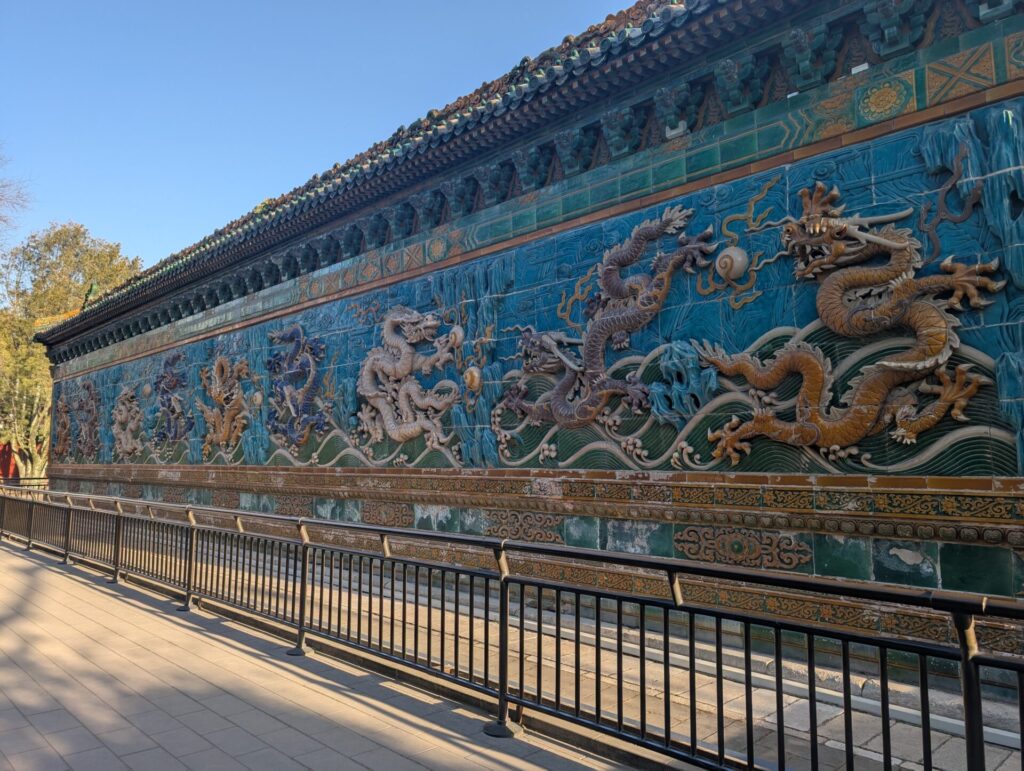
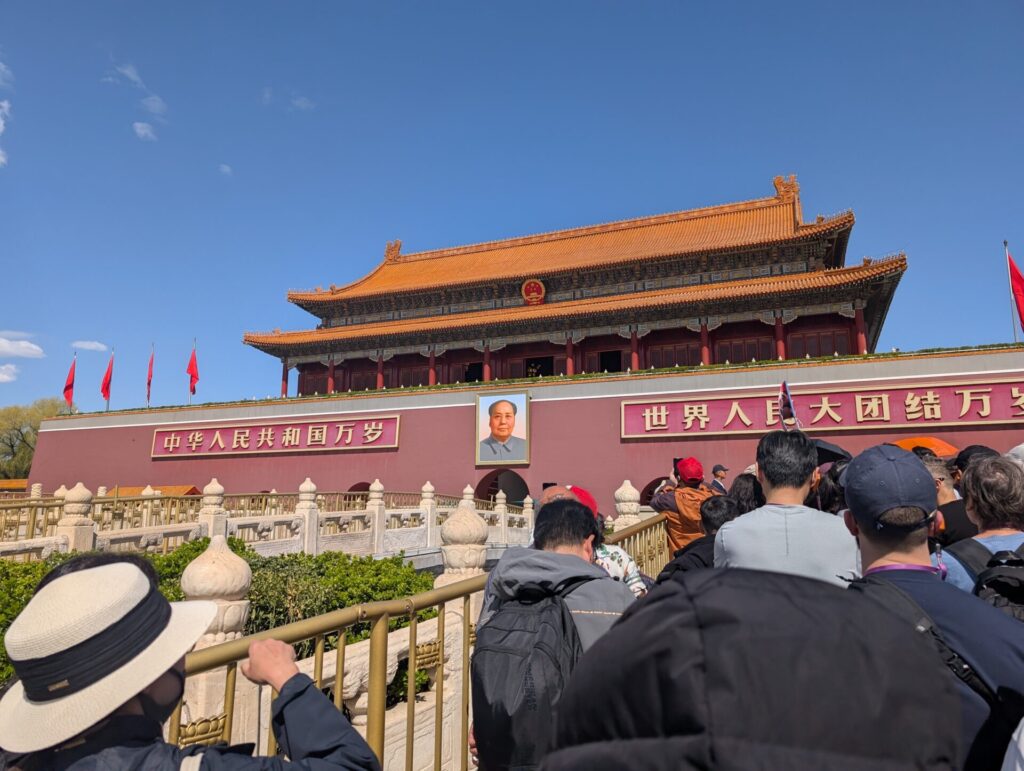
It is impossible to discuss Beijing or the rest of mainland China without mentioning the role that the Chinese Communist Party (CCP) has played over the past ~70 years. The CCP’s influence permeates every aspect of life, from politics and economics to culture and social interactions. In Beijing, this is particularly evident, as the city serves as the political heart of the nation. The Party’s presence is not just symbolic; it’s a tangible force shaping the city’s development and its citizens’ experiences, whether through the rapid development of infrastructure projects or the presence of widespread surveillance. The latter is something that is often discussed in the West, and sometimes felt with discomfort by tourists. Beijing is one of the most surveilled cities in the world, with countless cameras monitoring public spaces. This extensive network, coupled with advanced technologies like facial recognition and AI, allows for a level of scrutiny that can be unsettling for visitors. The government presents this as a means of ensuring safety and social order, and I must admit that I felt very safe from any sort of crime while in China. Even so, as the expansion of digital technology continues to shape contemporary China, the balance between individual privacy and public safety must be discussed vigorously. Despite this ever-present watchfulness, I deeply enjoyed my time in Beijing, with the local historical and cultural wonders proving to be truly captivating!

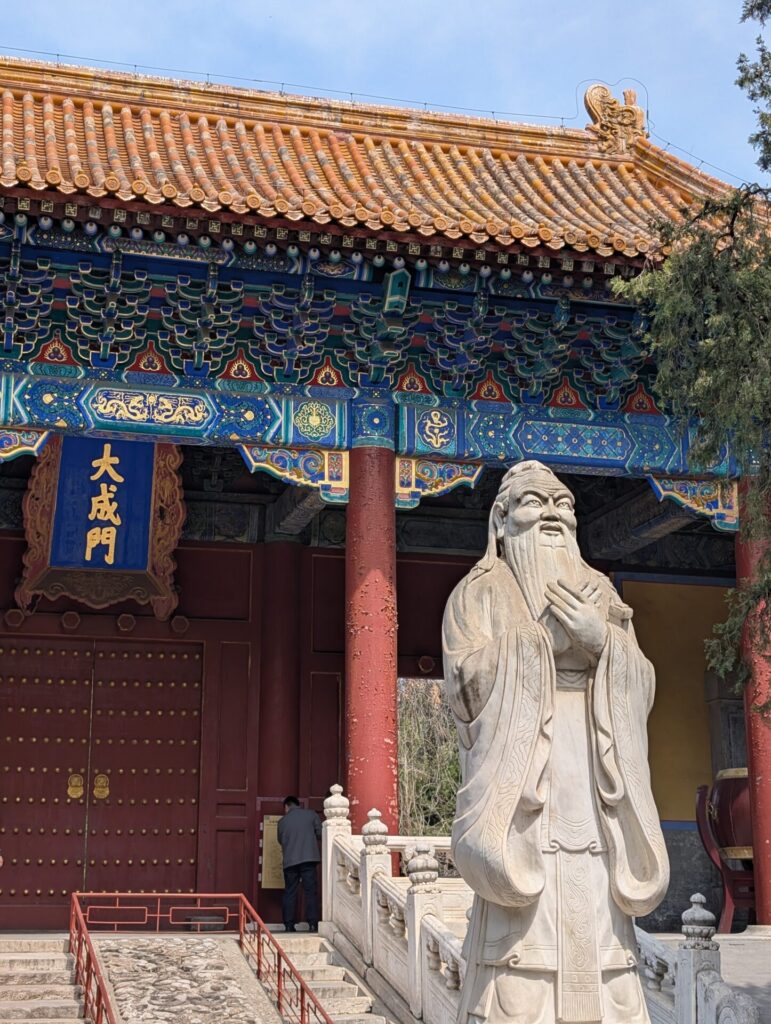

In the coming weeks, there will be separate posts about two sites in particular, both iconic to Beijing: The Forbidden City and the Great Wall of China. However, I want to spend this penultimate paragraph sharing with you all a few of the quirky cultural experiences I had in Beijing. To start, I experienced being catcalled for the first time in my life by a middle-aged lady selling food, “帥哥!” she called (Handsome guy!). I had just settled into my hotel and was starving, so with that simple statement, she earned my business. That same night, I was also assisted by another woman in finding a good place to eat duck, so one thing about mainland China immediately settled in my mind: friendly people. However, not all my interactions were the most comfortable, as you’ll find many locals see race first and foremost, with a comment (in Mandarin) about my race being at least an hourly occurrence, even going to the subway, a “啊西洋人” (Ah, a Westerner) was how I was greeted at the security check. Thus, ultimately, I was left with a mix of amusement and a deeper awareness of the immense cultural difference.
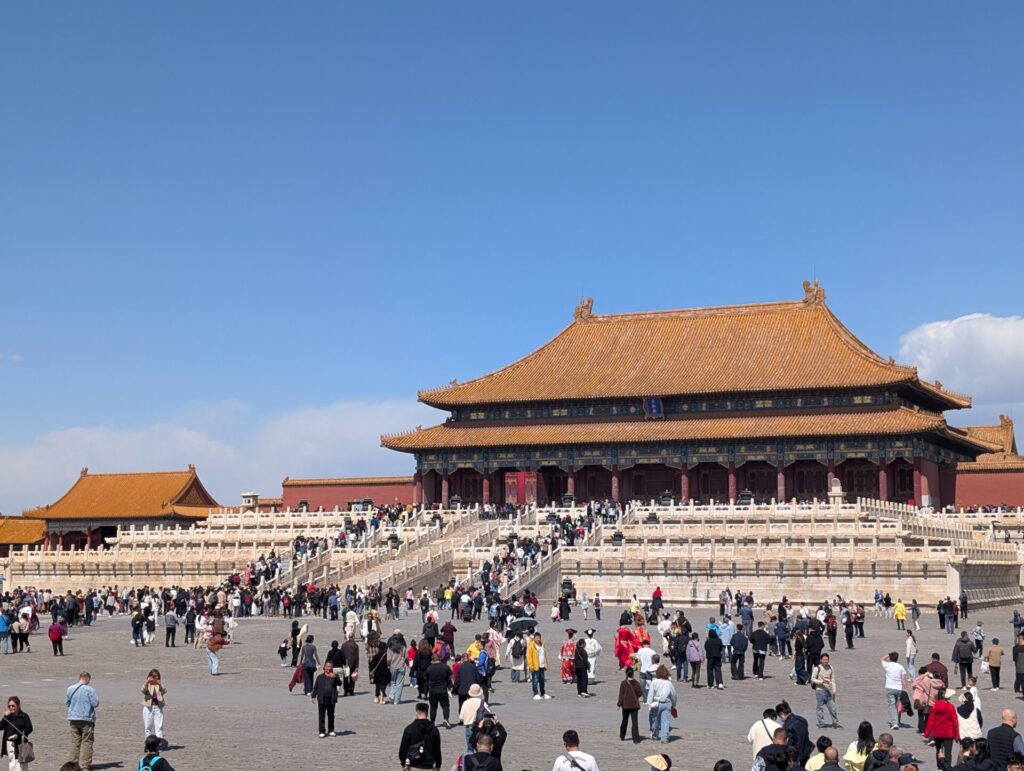

So, as this initial glimpse into Beijing draws to a close, I hope I’ve provided a helpful overview of this fascinating and complex capital city. From its rich historical background and strategic significance to the pervasive yet often subtle influence of the CCP and the unexpected quirks of daily interactions, Beijing offers a truly unique experience. While the ever-present surveillance left me occasionally uneasy, the warmth of many of its people and the sheer grandeur of its historical sites left an indelible mark on my memory. Stay tuned in the coming weeks as I go deeper into the wonders of the Forbidden City and, of course, take you along my journey to witness the breathtaking scale of the Great Wall. I’m excited to share more of my adventures with you all!

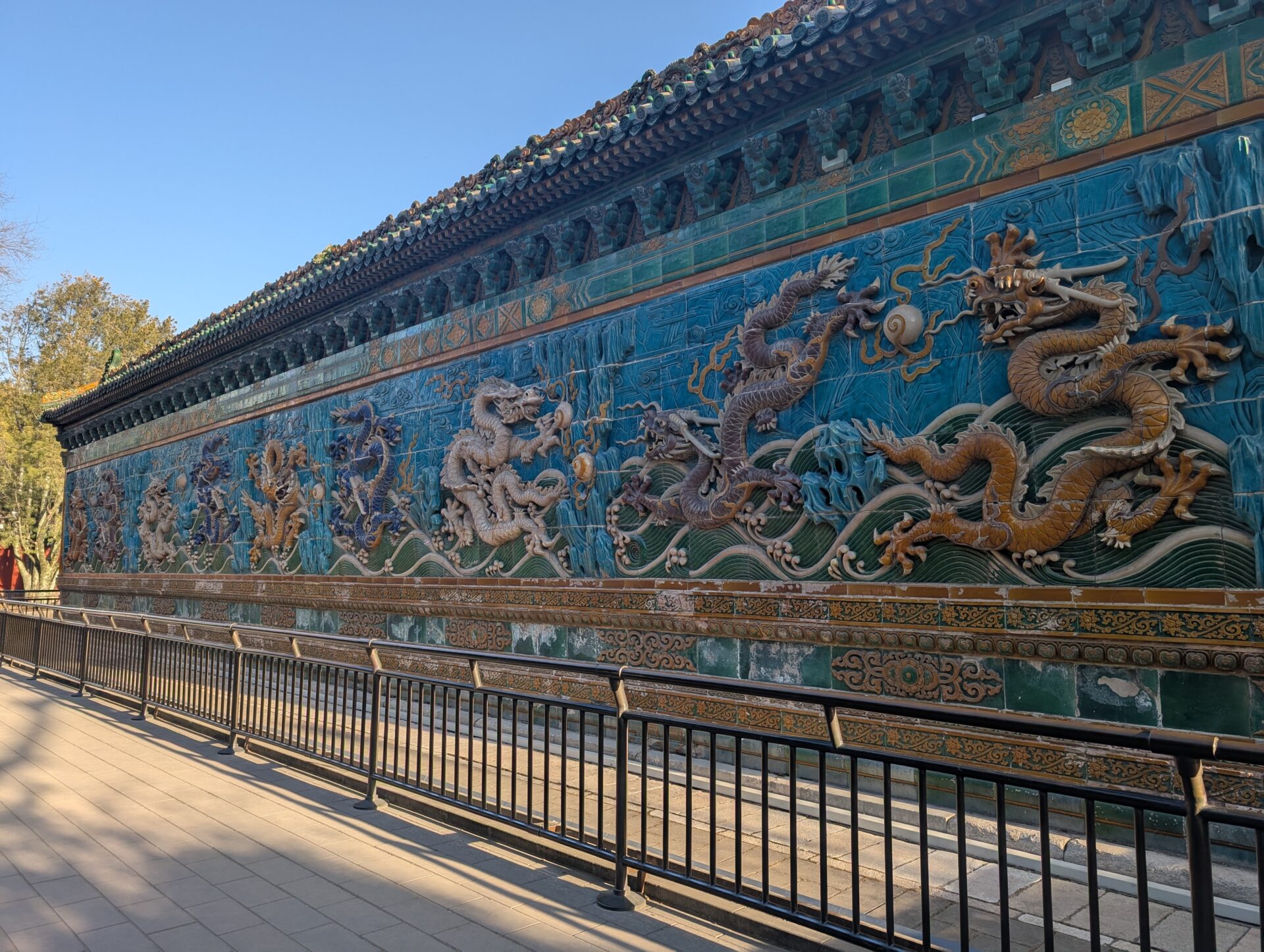
Leave a Reply